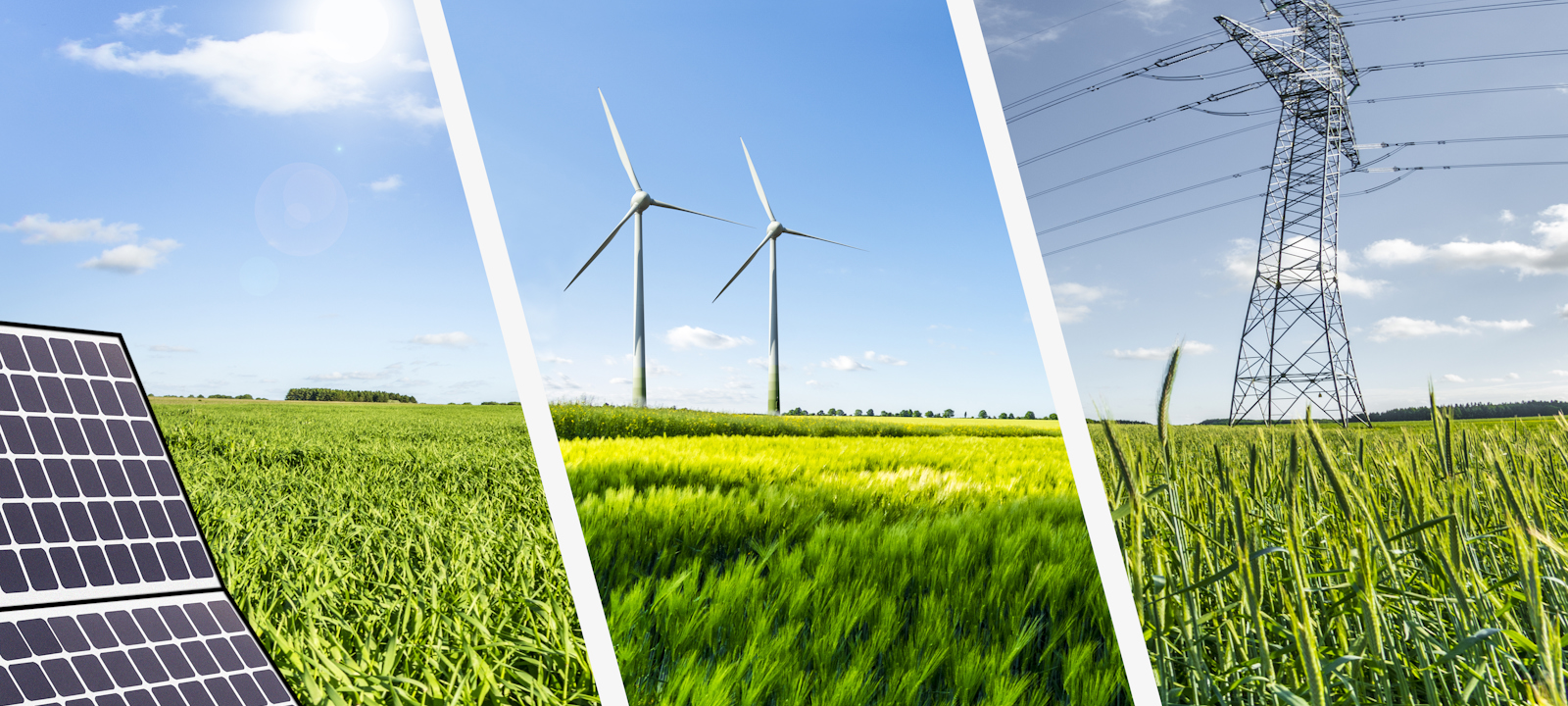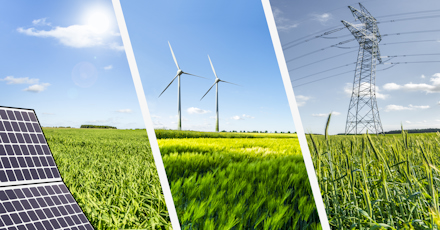Without doubt, data has a crucial role to play in how we change systems, processes and behaviours and, ultimately, decarbonise the economy. Most of our energy system was designed in the 1950s and, effectively, what we need to do is to deliver a digital transformation of UK energy infrastructure.
Digitally transforming UK energy
Without doubt, there’s no blueprint to follow. There are myriad processes, technologies and cultures to change. The system involves a web of providers, consumers, and operators. It doesn’t just involve a large organisation, but a vast ecosystem or large and small organisations, consumers and stakeholders. In my experience, top-down approaches are rarely fit for purpose for this type of transformation. Not only do they fail to deliver change, they invariably take a long time to deliver that failure.
Often digital transformation is interpreted as meaning ‘define the new way of doing things, then force everyone to change (or hope everyone changes)’. Starting with data standards, for example, is typical of a top-down approach. It will likely result in ‘navel gazing’, rather than action.
We need to start changing now
The reality is that we need to start changing the system quickly and, perhaps more importantly, showing suppliers, consumers and citizens that we are changing. Inertia is one of the biggest enemies of decarbonisation. When it comes to changing the system, we need to start small, test and learn, and then elaborate the data standards as they emerge.
The taskforce needs to focus on delivering change now. Not abstract change at some point in the future. We can’t wait to decide how to systemically change, communicate the change we expect of participants, and then manage them delivering the change.
Running a portfolio of change initiatives
The taskforce should see itself as being responsible for overseeing a portfolio of initiatives. It needs to quickly identify the changes that can affect the system, its actors and users. It should find the balance between prioritising quick wins against the strategically important initiatives and those that will have the most significant impact in the longer term.
It’s classic transformation planning, the kind that we practice and deliver at Valtech. Don’t try and boil the ocean. Of course, you need to imagine how things can be different, but make change an abstract, alien destination and expect everyone to comply. That isn’t how effective change happens. Change has to start with where we are today.
Start with data collection
One area that can be massively transformative is data collection. For example, if you have solar panels, you will be familiar with the G98 form (Application for connection of Micro-Generating Installations). You will likely be frustrated by this form too. It is a paper form (or a PDF), meaning that none of the information captured is digital let alone structured.
Looking at legacy, paper-based processes is a great way to start driving change through small initiatives. If we can get the G98 (and G99, while we’re at it) form digitised, we can gain insight from this process. This should be the first step for Ofgem and the Energy Networks Association.
Change that drives change
The G98 and G99 forms are used by all kinds of power generators – from domestic to wind farms to nuclear plants. One of the key assets we need to support decision-making is a real-time map of energy flows in the UK. It will help manage reliability and increase our understanding of vulnerability in the system.
As we begin to change the nature of the UK energy market, we desperately need the ability to analyse and model the market. Imagine what the situation looks like in ten years with prosumers both consuming and generating energy, each household having battery storage, charging an electric vehicle and even distributing power peer-to-peer in their local area. If you consider industrial consumption as well as an evolved generation and distribution network, the need for visibility is critical. The National Grid is not set up for governing a distributed energy system and continues to operate a central command and control approach for electricity distribution.
Addressing legacy systems and operational processes
We should apply the same thinking to drive change in the operational processes that create the data in the first place. Review the legacy systems and processes around the Distribution Network Operators (DNOs), for example. Some DNOs have paper-based processes, and more than 20% of their assets are still in paper form. From a data point of view, that’s all invisible.
Spending time ‘imagineering’ a new data standard for implementation across the industry won’t deliver the necessary change, and it won’t be quick. As long as processes are not digital, data cannot be prepared and transformed for use. Data standards are not the fundamental requirement. What’s needed is digitisation. Once that is in motion, data standards will emerge and can be documented in parallel.



